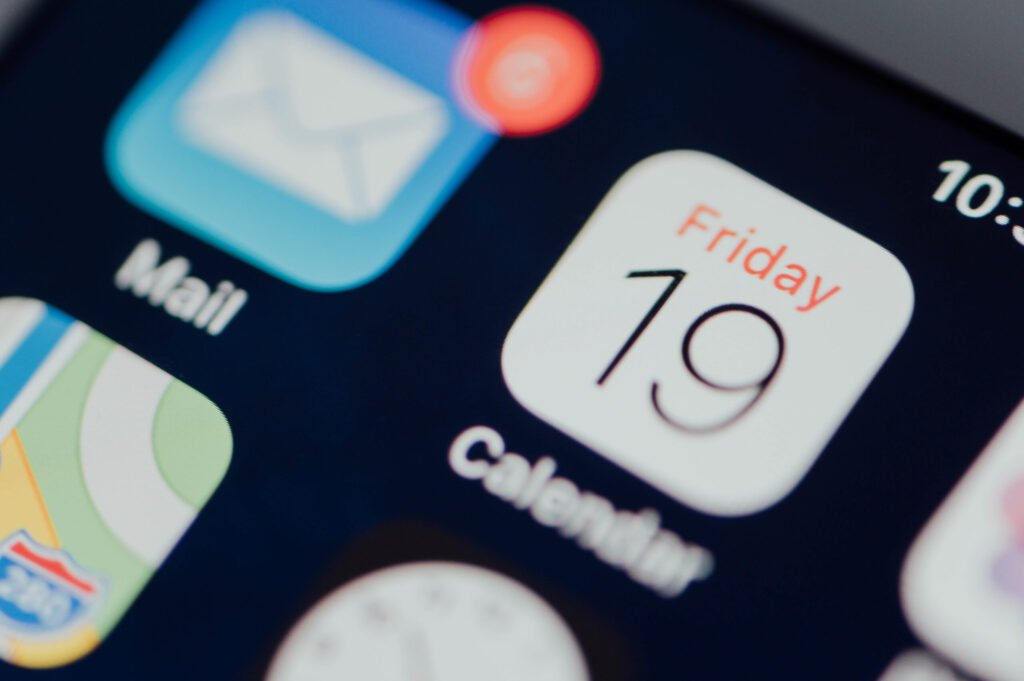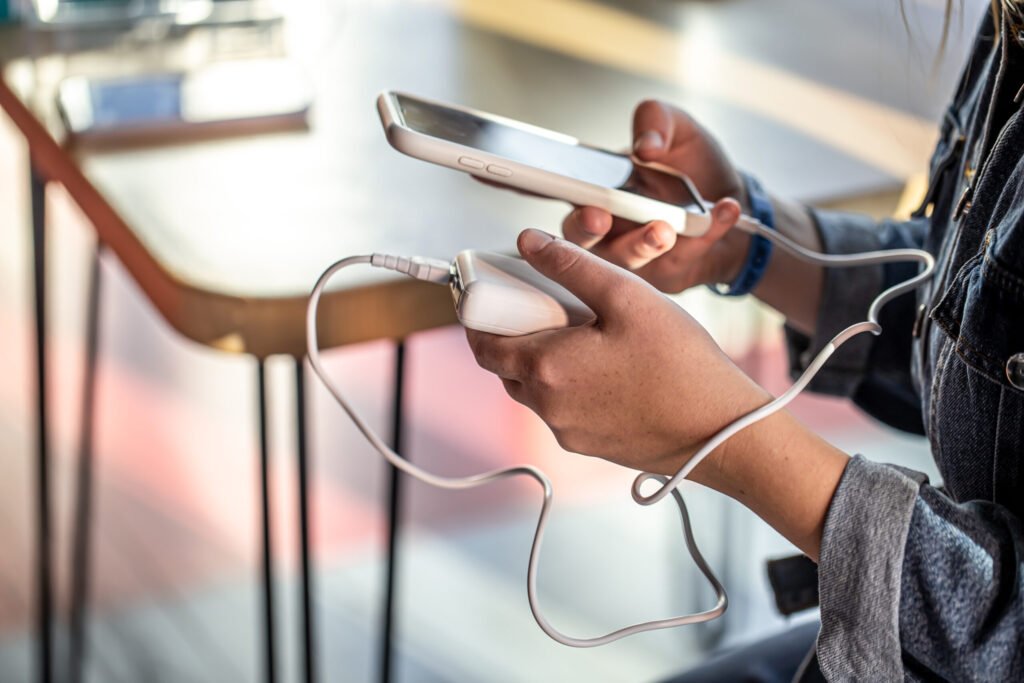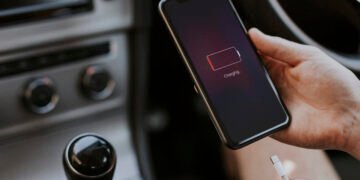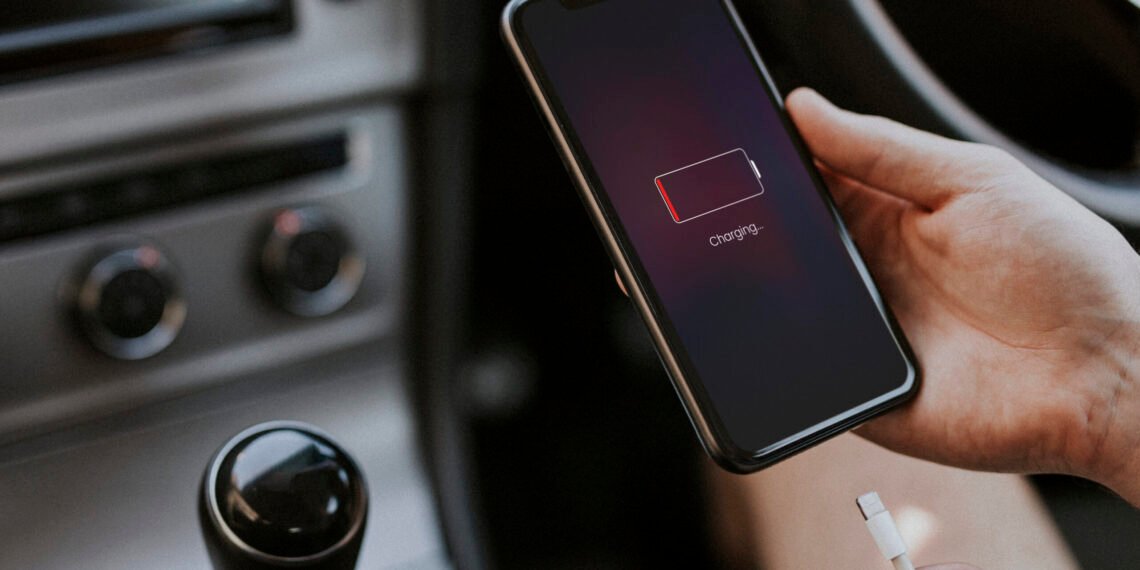Your phone battery drain habits might be more destructive than you realize. While everyone knows that brightness and background apps affect battery life, there are several sneaky behaviors that silently suck power from your device throughout the day. These hidden phone battery drain habits could be the reason your phone dies by lunch, even when you think you’re being conservative with usage.
After analyzing battery consumption patterns and consulting mobile technology experts, I’ve identified seven unexpected phone battery drain habits that are quietly sabotaging your smartphone’s endurance. The good news? Each one has a simple fix that can dramatically extend your daily battery life.
The Hidden Psychology Behind Phone Battery Drain Habits
Most people focus on the obvious battery killers like gaming or streaming video. However, research from battery optimization specialists reveals that micro-habits—those tiny, repeated actions we perform unconsciously—often have the most significant cumulative impact on battery performance.
These phone battery drain habits are particularly insidious because they feel harmless in isolation. A quick weather check here, a brief social media scroll there, and suddenly your battery percentage is plummeting faster than expected.
7 Sneaky Habits Killing Your Battery Life
1. Compulsive Weather App Checking
The Problem: Checking weather apps multiple times per day seems innocent, but these apps constantly refresh location data, download updated forecasts, and display animated radar maps. Each check triggers GPS activation, data downloading, and screen illumination.
The Fix: Enable weather widgets on your home screen or lock screen instead. Most smartphones can display current conditions without opening dedicated apps. For detailed forecasts, limit checks to once in the morning and once in the evening. Consider using your phone’s built-in weather functionality, which is typically more battery-efficient than third-party alternatives.
2. Screenshot Hoarding Without Management
The Problem: Taking screenshots creates full-resolution image files that consume storage space, but the real battery drain occurs during automatic backup processes. Every screenshot triggers cloud synchronization, photo analysis for search indexing, and thumbnail generation.
The Fix: Immediately delete screenshots you don’t need, or better yet, use your phone’s built-in annotation tools to save only the relevant portions. Enable manual backup for screenshots specifically, so they’re not constantly syncing. Most phones allow you to exclude screenshots from automatic photo backups entirely.
3. Aggressive App Switcher Usage

The Problem: Constantly swiping through recent apps and force-closing everything actually wastes more battery than leaving apps in memory. Modern smartphones are designed to manage background apps efficiently, and forcing them to restart from scratch requires more processing power than letting them remain suspended.
The Fix: Only force-close apps that are genuinely misbehaving or consuming excessive resources. Trust your phone’s memory management system. If you must check recent apps, do so sparingly—perhaps once or twice per day rather than after every app use.
According to mobile performance researchers at MIT, aggressive app management can increase battery consumption by up to 23% compared to letting the operating system handle background processes naturally.
4. Habitual “Pull-to-Refresh” Addiction
The Problem: That satisfying pull-to-refresh gesture in social media apps, email clients, and news applications forces immediate data synchronization. Each refresh activates cellular or Wi-Fi radios, processes new content, downloads images, and updates the interface—all while keeping the screen active longer than necessary.
The Fix: Most apps update automatically in the background at optimal intervals. Resist the urge to manually refresh unless you specifically need the latest information. Set specific times for checking updates rather than doing it impulsively throughout the day. Enable smart refresh settings that update apps only when you’re actually using them.
5. Location Services Oversharing
The Problem: Many users enable location access for apps “just in case” without considering the cumulative impact. Apps like social media platforms, shopping applications, and even games often request location permissions they don’t actually need for core functionality. Each location-enabled app periodically pings GPS satellites, cell towers, or Wi-Fi networks.
The Fix: Audit your location permissions monthly. Go through each app and ask whether it truly needs location access. For most apps, choose “While Using App” instead of “Always.” Disable location for apps that use it solely for advertising purposes. Weather apps only need location access occasionally, not continuously.
6. Notification Anxiety Response

The Problem: Immediately responding to every notification creates a pattern of constant phone activation. The combination of screen wake-ups, app launches, and quick interactions throughout the day creates sustained battery drain that’s worse than longer, focused usage sessions.
The Fix: Batch your notifications by enabling “Do Not Disturb” modes during focused work periods. Check messages and notifications at predetermined intervals—perhaps every hour or two hours—rather than immediately. This approach not only saves battery but also improves productivity and reduces stress.
Battery optimization experts have found that users who batch their phone interactions consume 18% less battery than those who respond to notifications immediately.
7. Phantom Charging Cable Dependency

The Problem: Keeping your phone plugged in “just in case” when the battery is already full creates a cycle of micro-charging that can degrade battery health over time. Additionally, the habit of charging anxiety—constantly seeking charging opportunities—often leads to using low-quality chargers or charging in suboptimal conditions.
The Fix: Let your battery drain to around 20% before charging, and unplug it when it reaches 80-90% for optimal longevity. Invest in one high-quality charger for home and another for work, rather than using random cables. Avoid charging your phone overnight unless it has optimized charging features that delay full charge until morning.
Advanced Strategies for Breaking These Phone Battery Drain Habits
Create Intentional Phone Usage Patterns
Instead of reacting to every impulse to check your device, establish specific times for phone usage. This approach, sometimes called “batching,” reduces the frequency of wake-ups and app launches while maintaining productivity. Understanding your personal phone battery drain habits is the first step toward developing healthier usage patterns.
Use Built-in Battery Monitoring Tools
Both iOS and Android provide detailed battery usage statistics that reveal which apps and features consume the most power. Review these reports weekly to identify patterns and adjust your habits accordingly.
Implement the “One-Touch Rule”
Before interacting with your phone, pause and ask yourself what specific task you want to accomplish. This simple habit prevents mindless scrolling and reduces unnecessary battery drain from prolonged screen time.
Your Next Steps to Better Battery Life
Start by choosing just one or two of these phone battery drain habits to address this week. Trying to change everything at once often leads to reverting to old patterns. Focus on the habits that resonate most with your personal usage style.
Monitor your battery usage statistics for a few days to establish a baseline, then implement your chosen fixes and track the improvement. Most users notice meaningful changes within 3-5 days of consistent implementation.
Which of these surprising battery drain habits will you tackle first? Try implementing these changes today and watch your phone’s endurance improve dramatically.

















